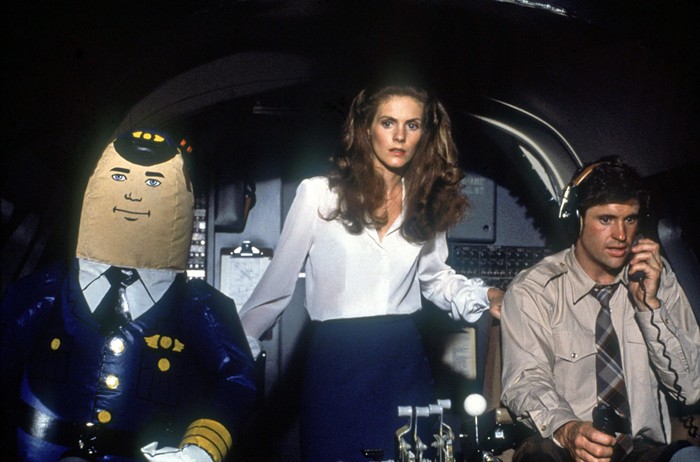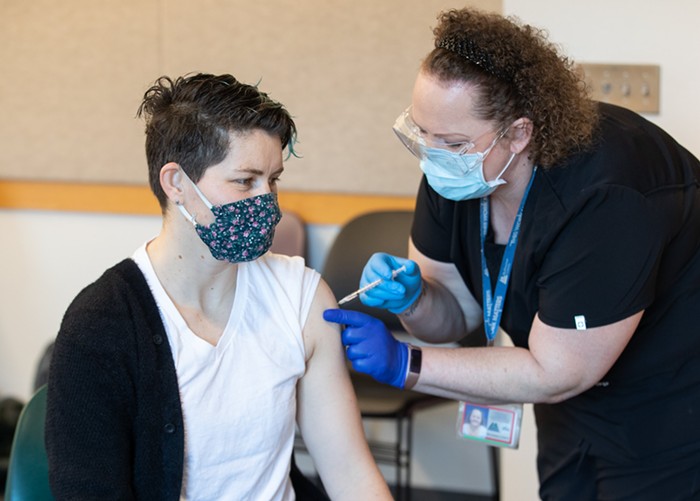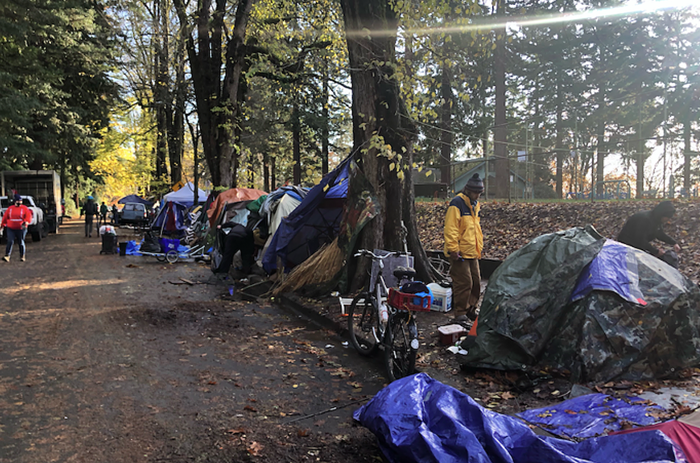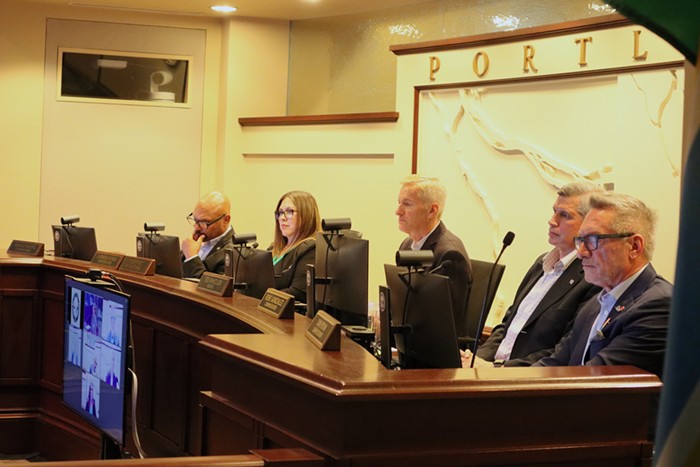
One midwestern state recently began, and another is about to begin, regulated cannabis sales, and it’s worth looking at what numbers have been racked up for the first, and what's expected for the other.
First up, Michigan—whose state motto makes it sound like they may already be high (“Si quaeris peninsulam amoenam, circumspice” [“If you seek a pleasant peninsula, look about you”]): As reported by Merry Jane, in the first two weeks of regulated sales, Wolverines bought $3.1 million worth of cannabis, while raising $515,051 in taxes. On the very first day, sales hit $221,000, which is fairly remarkable when you consider that “only five stores in the state can legally sell adult-use weed right now. In the first week of sales, only two stores were open and selling product.” For a state with a population of just under 10 million, sales are expected to skyrocket as the infrastructure of suppliers and retailers grow. Analysts believe the state will see $2 billion in annual sales in just a few years.
That said, you may not want to count on there being enough product for sale if you plan to visit anytime in the near future. (“Bring your own Oregon grown cannabis” said someone just now, but not me, because that would be wrong, but yes, probably do that.) Despite being the 12th state to offer recreational cannabis sales, regulatory officials haven't found a way to avoid the same issues which seem to plague every state with a recreational cannabis program: initial product shortages.
The Detroit Free Press nicely breaks down some numbers and reasons behind the situation. The volume of the first two weeks of sales were only made possible thanks to a state rule which allowed “licensed marijuana retailers shift 50% of the inventory on their shelves from the medical to the recreational side of the business” provided “it's been on their shelves for at least 30 days.” (Michigan voters approved the state’s medical cannabis program in 2008.)
The state has so far issued a mere 10 grower licenses, each allowing up to 2,000 plants. Thirteen additional dispensary licenses have been approved, but still don't have opening dates. One of the people who helped craft and pass the recreational cannabis program in 2018 told the Free Press: “As a store owner, you can't find enough product yet. Licensed growers can't produce enough and people are sitting on inventory for 30 days to fuel the adult use side," he said. "It takes a long time for these facilities to get up and running. There's going to be a shortage in the long term no matter what."
In Illinois, sales begin on January 1, and inventory shortages are already an issue for the State’s existing medical dispensaries. The Chicago Tribune explains:
“Illinois law requires dispensaries to make sure they have enough cannabis for medical patients. That means if supplies run low enough, retail locations may sell only to medical patients.... “It’s getting a little bit harder to keep some of even the medical inventory in stock,” said Kris Krane, president and co-founder of 4Front Ventures, which owns a growing facility in Elk Grove Village and Mission South Shore dispensary in the South Chicago neighborhood. “(There’s) just not that much available on the wholesale market.”
One grower talked about the flower he dropped off at a dispensary selling out... in 12 minutes.
Part of that is due to the sheer number of medical cannabis patients, which has doubled in just over a year. But the potential recreational market will present its own enormous appetites. A study commissioned by the state estimates that “eventually, nearly 946,000 Illinois residents—more than 9% of people over age 21—could become cannabis consumers…" and that “out of the roughly 114 million visitors to Illinois each year, almost 11 million are expected to buy weed.” Analysts project that could add up to $2.5 billion in sales annually.
But in addition to shortages, there are concerns such as having customers stand outside in line potentially for hours, and the fact that we are talking about fucking Chicago in fucking January, and are you kidding me with this shit? Research has shown that customers who have frozen to death spend substantially less per purchase. Preferring not to extract cash from cold, dead fingers, retailers are establishing some creative ways to keep consumers lined up. One dispensary has rented out an entire coffee shop with a capacity of 300 to serve as a pre-dispensary visit staging area, allowing consumer education and a clear plan for purchases once they make the probable single digit outdoor temperatures. Another is offering food trucks and heat lamps to keep customers around.
If you decide you want to bring home some big buds from the city of big shoulders, the TSA and other regulatory and law enforcement agencies have made it clear that they aren't going to grab your stash when you fly out of Illinois, so long as you are within the legal possession limits for resident or non-resident. Illinois residents can have a maximum of 30 grams of weed, 5 grams of cannabis concentrate, and 500 milligrams of THC in edibles (100mg max each).
Nonresidents are allowed exactly half those amounts.
The Chicago Sun Times explains:
“To ensure safe travel for all travelers, we’re encouraging all travelers not to bring cannabis through Chicago airports as it remains illegal under federal law,” Chicago police commander William Mullane said. But if travelers are “within the guidelines of our current statute, starting Jan. 1, we can’t enforce anything. If they’re legal, they’re legal. If it is not a violation of the statute or ordinance, we would offer them a proper disposal of cannabis if they wish, or they could continue on with their travels,” Mullane said.
And yeah...I’m sure the Chicago Police will gladly “offer a proper disposal of cannabis.”













